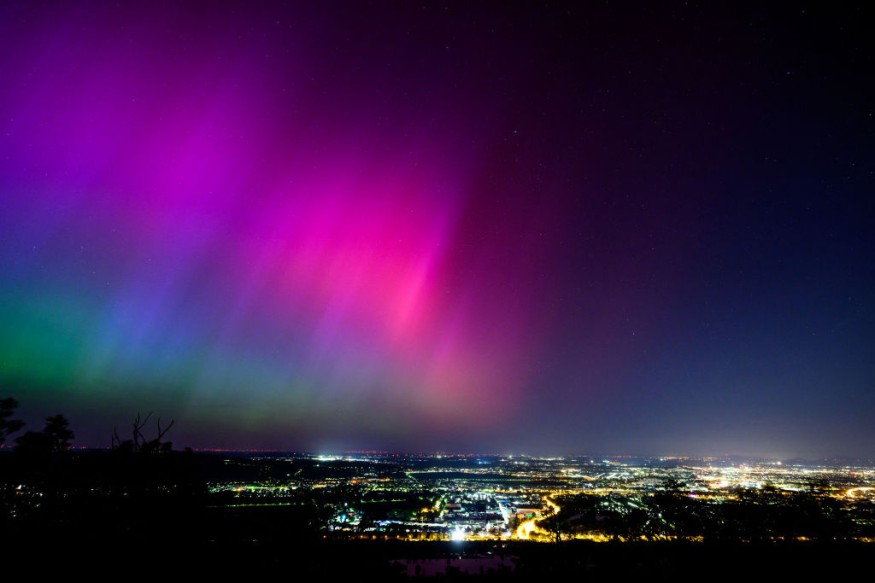
A big geomagnetic storm is expected to hit Earth this week after the sun released a powerful solar flare. Scientists are worried it could cause problems for power grids, satellite signals, and radio systems. The National Oceanic and Atmospheric Administration (NOAA) says we'll start feeling the effects on Friday, October 5.
The solar flare that caused this is from a sunspot called AR3842, which erupted on Tuesday at about 6 p.m. ET. This solar flare is very strong, one of the biggest in the past five years. It was an X7.1 flare, and X-class flares are the most powerful.
These types of flares can disrupt communication systems and even damage things like satellites and power grids. In fact, this flare has already caused a radio blackout in Hawaii, and scientists are closely watching the situation as a wave of solar particles, called a coronal mass ejection (CME), heads toward Earth.
What Is a Geomagnetic Storm?
A geomagnetic storm happens when energy from the sun hits Earth's magnetic field, which acts like a protective shield around our planet.
These storms are usually caused by CMEs-big bursts of plasma and energy from the sun. When these particles collide with Earth's magnetic field, they can mess up satellite operations, communication systems, and even power grids.
Both NASA and NOAA have warned that this storm could have serious effects on the technology we use every day, according to MailOnline.
Even though this geomagnetic storm is expected to be moderate to strong (called a G3 storm), it could still cause power outages, mess up radio signals, and affect satellites.
Why Is This Happening?
The storm was caused by sunspot AR3842, which is a cooler area on the sun with a lot of magnetic energy. Sunspots often cause solar flares and CMEs, and this particular sunspot has been getting bigger, making it more likely to erupt. The flare it produced on Tuesday is one of the largest since the start of the sun's 25th solar cycle in December 2019.
The solar cycle is an 11-year period where the sun's activity goes up and down, according to NewsBytes. When it's at its highest point, called the solar maximum, we see more solar flares and CMEs. Right now, we're in that active part of the cycle, which is why we're seeing more solar storms.
Some experts thought this cycle would be quieter, but recent events, like this X7.1 flare and a bigger X8.9 flare in May, show that the sun is more active than expected.
What Could Happen on Earth?
NOAA says that the geomagnetic storm could disrupt things like satellite communication, GPS, and even radio signals. Power grids might also be affected, especially in places closer to the North and South Poles. If the storm is strong enough, power grids could experience surges, leading to power outages.
On the bright side, geomagnetic storms can also create stunning natural light shows like the Northern Lights (aurora borealis) and Southern Lights (aurora australis). These colorful lights are caused when the solar particles hit Earth's atmosphere, and they can often be seen in the sky during geomagnetic storms.
Although NOAA doesn't expect this storm to be extremely strong, they are keeping a close eye on it. Space weather experts are advising companies that operate satellites to prepare for possible disruptions, and power companies are also on alert.
This is the second major geomagnetic storm in just five months, with a similar storm in May that caused beautiful auroras visible across parts of the United States. As the sun continues in its 25th solar cycle, more powerful solar flares and CMEs could lead to more geomagnetic storms in the future.
Read also: Powerful Geomagnetic Storm Warning: Northern Lights Visible as Far South as California [LOOK]
© 2025 ScienceTimes.com All rights reserved. Do not reproduce without permission. The window to the world of Science Times.











